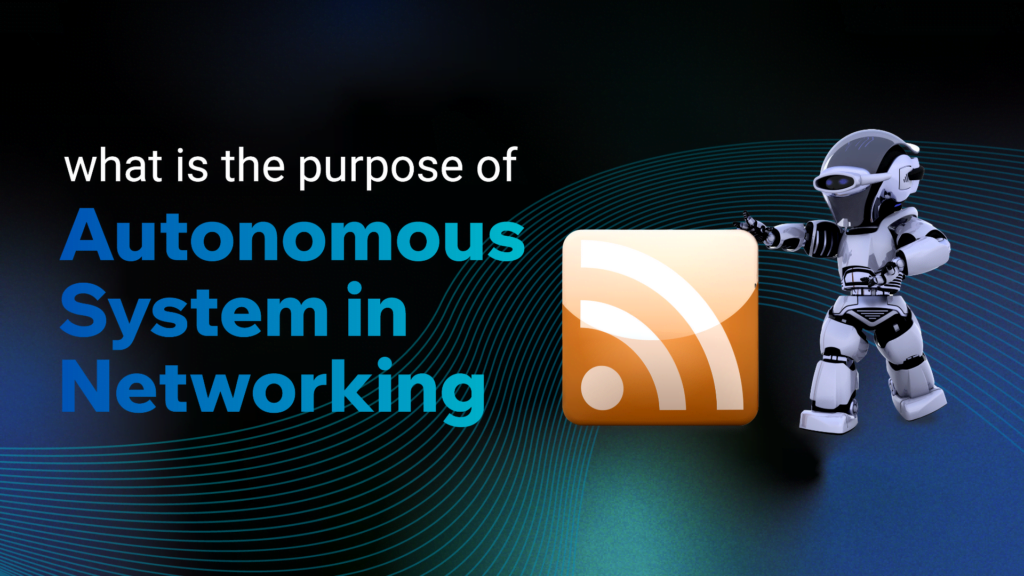
An autonomous system (AS) essentially functions as a building block for the internet. It’s a large network, or even a collection of interconnected networks, that’s under the control of a single entity like an internet service provider (ISP), a large corporation, or even a government organization. Here are some key aspects of an AS:
- Unified Routing Policy: Each AS has its own set of rules, called a routing policy, that dictates how data packets are routed within the network. This policy determines the path data takes to get to its destination.
- Unique Identification: Every AS is assigned a unique identifier, called an Autonomous System Number (ASN), which helps distinguish it from other networks on the internet.
- Interconnectivity: ASes connect with each other to exchange internet traffic. This process, known as peering, often happens at internet exchange points (IXPs) which are essentially giant hubs where multiple networks come together.
autonomous systems enable the internet to function by dividing it into manageable chunks with their own internal routing and then allowing these chunks to connect and exchange data following specific agreements. This structure helps maintain efficiency and scalability for the vast network that is the internet.
In essence, DCconnect Global’s Autonomous Networking fosters a system that behaves similarly to an AS on a smaller scale within a data center environment. It promotes self-configuration, dynamic routing adjustments, and optimized resource allocation, mirroring core functionalities of an AS on the broader internet.



